I’ve recently got my hands on a Canon 50mm f/1.5 Leica thread mount lens. A Sonnar derived gem with a bit of a mixed reputation, it’s a lens I’ve been interested for a long time. So when the opportunity to buy this less-than-perfect copy cropped up, I decided to take the plunge.
It’s nearly 2 years since I wrote part 8 of my “Classic Sonnar” series. I ran out of steam with the series after I pretty much came to the conclusion that the modified Jupiter-8M I’d got my hands on did everything I could possibly need from a classic 50mm. I felt like there was little point in me seeking out some of the more expensive Leica mount Sonnars – at least that’s what my brain said anyway. My lens GAS (which no doubt resides somewhere in my bowls) had other ideas.
There were 3 lenses that I particularly wanted to try as part of my Sonnar search but hadn’t. The Nikon f/2 and f/1.4 lenses and this the Canon 50mm f/1.5. 2 years later, I now own all three of these lenses, so thought it about time I added something to this series.
Though, I do feel like I should prefix further Sonnar-related posts by saying that I don’t think any of these lenses can offer me too much that my modded Jupiter-8M doesn’t, at least in terms of image qualities. As such, I’m not going out of my way to make any in-depth specific comparisons, I’m just going to shoot them and report on what I find on them as individual lenses.
There’s another factor that’s made me come to this position on writing about these lenses too. This Canon 50mm f/1.5 is far from optically perfect – as such, making objective comparisons would feel a little pointless. It’s all well and good making comparisons where the variables are controlled, but when comparing vintage optics with varying degrees of degradation outside of a controlled environment… well, the variables are far too great for me to even comprehend, never mind nail down. As such, to me, this is no longer a search for the “perfect” classic Sonnar, this is simply me playing with more of the things for the shear enjoyment of doing so.
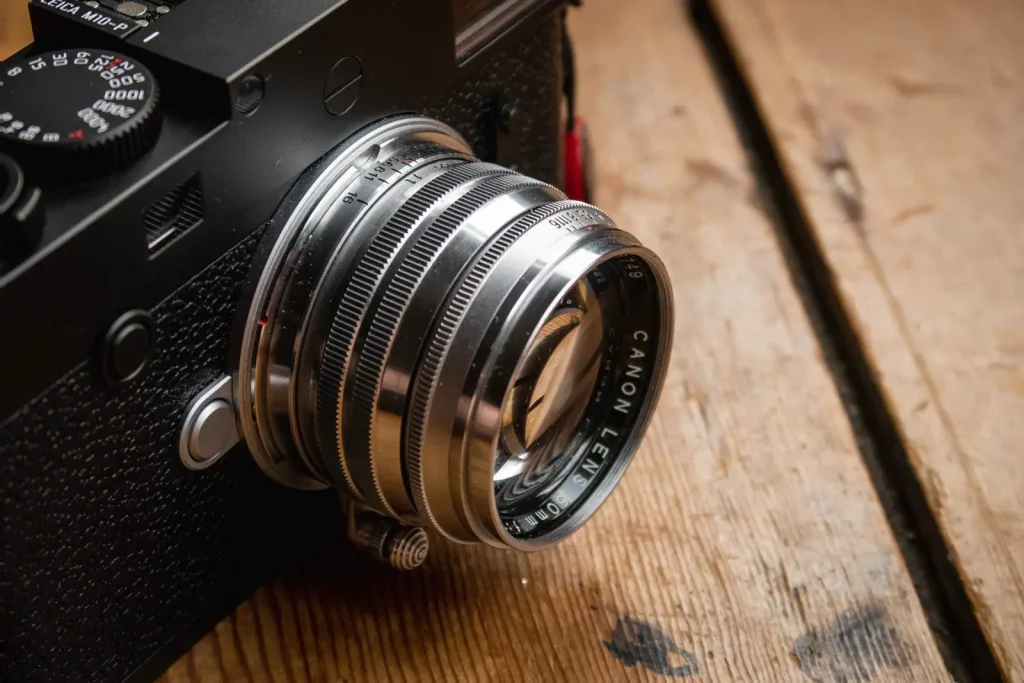
Suspiciously good condition
If you’re interested in collecting and playing with classic lenses, if there’s one thing you should always be suspicious of, it’s a mint condition looking lens. My Canon 50mm f/1.5 is very nice to look at, and as I will come back to in a moment, it feels really smooth to use. The chrome body is shiny too, with very little sign of use. Even the outer surfaces of the front and rear optics are quite clean with very little sign of damage. This sort of condition points to the fact that this lens has not been used much – and if a lens of this age has not been used much you have to ask the question, why? In the case of this lens, I suspect it’s not been used a great deal due to the fact that it has some quite visible separation between two of the elements to the rear of the lens.
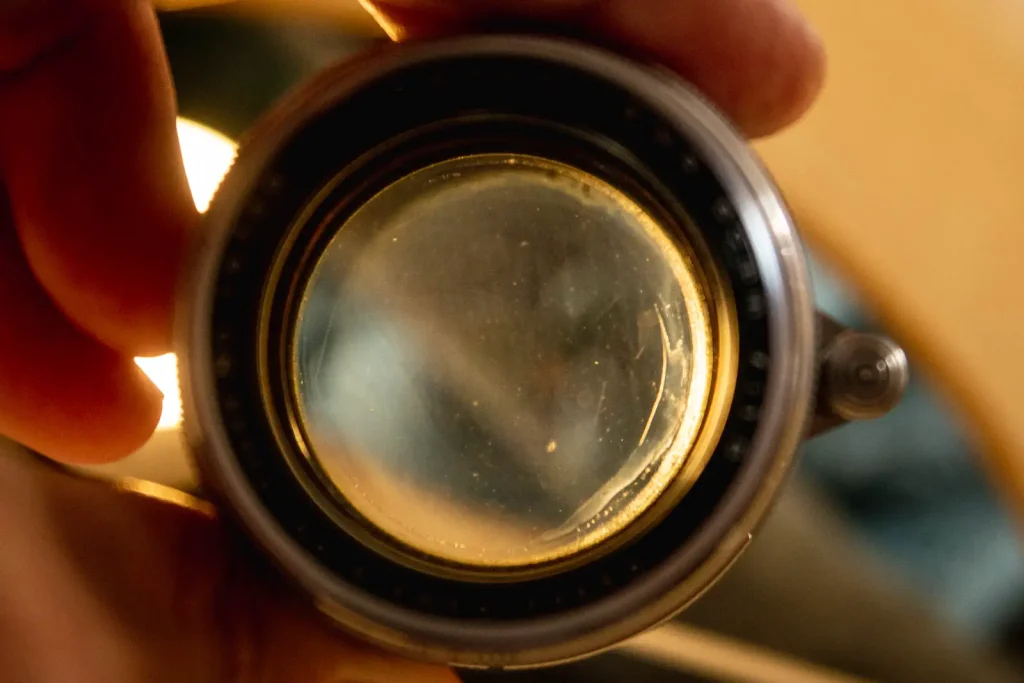
I bought it in this condition well aware of this flaw in the hope that it wouldn’t have to much of an impact on the photos taken with it, and fortunately, I seem to have lucked out. I’d imagine there is some reduction in contrast when shot wide open, but without any way to make a direct comparison with a mint lens, I can’t confirm that with any certainty. One thing I do know though, regardless of the separation, it does take a damned nice photo. I can only assume that it was originally owned by someone who was particularly picky and worried unduly that the separation was impacting the results…?
The feel and handling
I will come back to the photos in a moment, but first I want to talk about how the Canon 50mm f/1.5 feels. Now, I know I said I wasn’t going to make many comparisons to my modded Jupiter-8m, but if the only merit by which a lens is judged was the quality of the feel of it in the hand, the Jupiter would have gone right out the window the second this thing landed in my possession. Whether this is due to a lack of use, or good storage, or even just good fortune, this lens feels bloody lovely to hold and use.
Unlike the light-weight aluminium body of my Russian lenses, the Canon 50mm f/1.5 is a weighty no-doubt-brass constructed beauty. It weights a disproportionate amount for its size, and in doing so oozes a sense of quality. Now, if you know my writing style well enough, you’ll know that I don’t use phrases like “oozes a sense of quality” lightly…? Quite genuinely, this thing really does!
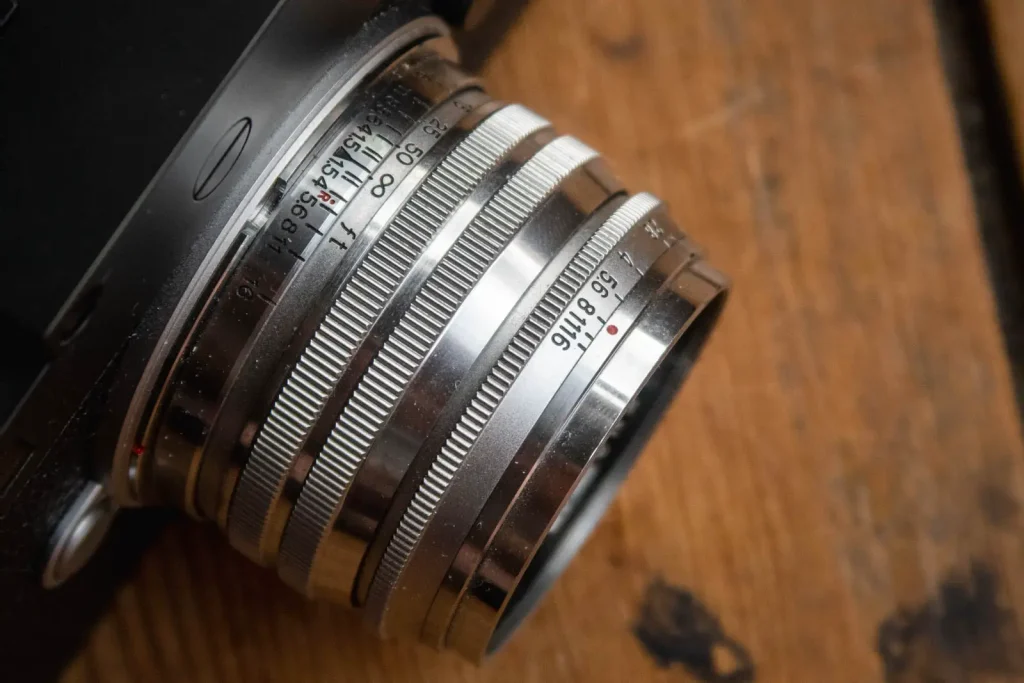
The oozing of quality is only emphasised by the mechanical feel of the thing. My Canon 50mm f/1.5 has a perfectly smooth focusing action, with a gentle but nonetheless positive clicked aperture. In between the clicks, even the rotation of the aperture dial feels buttery smooth.
If there’s one thing that will always disappoint me about lenses of this age though, it’s the very commonly found long focus throw and infinity locking. The more time goes on, the more I learn to dislike a long focus throw, and infinity locks are just annoying. I’m just used to my more-modern lenses on my rangefinders now, so a shorter throw feels more natural and somehow intuitive. But, that’s just the way it is for the majority of lenses of this age, so it’s hard to complain with any real conviction – I like old lenses, so I deal with it.
The Canon 50mm f/1.5 optics
I quite often caveat my posts about elderly lenses by highlighting the fact that really all I am reviewing is the lens I have in my hand. Of course what I’m about to talk about is indicative of what can be expected from other copies of this lens, but if my copy has some separation, the next might be filled with fungus, hazy or have scratched elements. Whilst many of these issues might only cause a small impact on results, I just think it’s worth saying that to some degree at least, your mileage may vary.
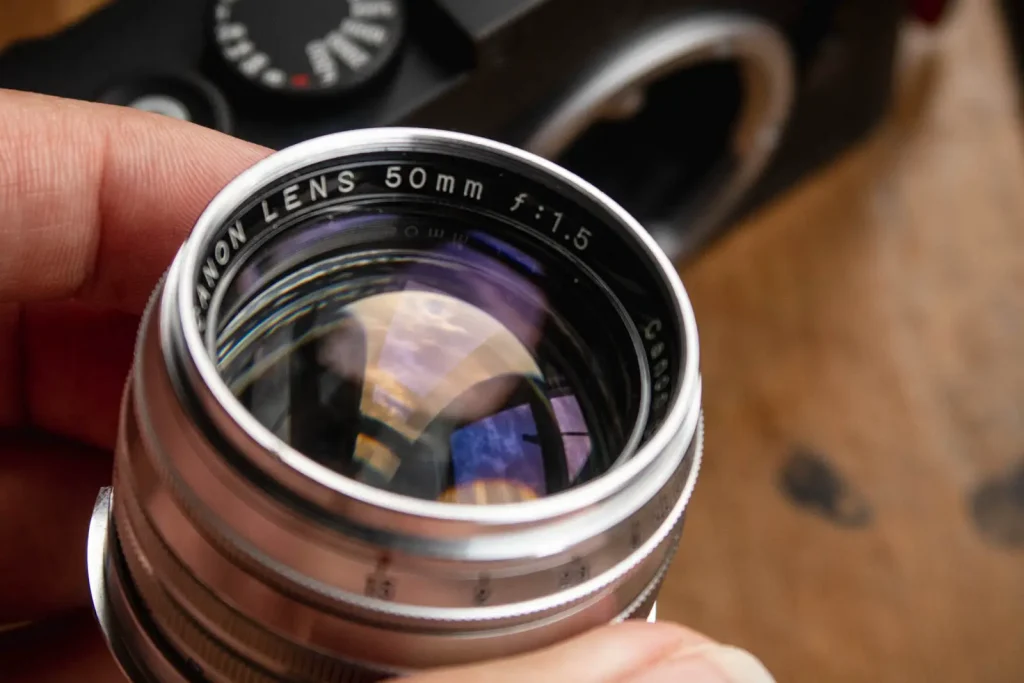
The Sonnar factor
That all said, shooting the Canon 50mm f/1.5 lens has really reminded me what I love about the more broad family of Sonnar lenses it’s derived from. These lenses are inherently flawed, but it’s this that us classic Sonnar fans buy into entirely. Resolution from these things might not always be sky high, but the contrast they have when they are stopped down a bit can really make the image pop. Wider open you can also take advantage of factors such as veiling flare and spherical aberrations that drop the contrast and therefore perceived sharpness and give a more classic look to the results. Then of course there’s the bokeh. Spherical aberrations might soften the in-focus, but they also soften the out of focus too. This results in a glowy transition area and more gentle rendition of out of focus highlights, especially when very-slightly stopped down.
The Canon 50mm f/1.5 Sonnar
All of this can be found in droves with the Canon 50mm f/1.5. Wide open one might even describe this lens as a little untamed. It’s definitely soft and glowy, with low contrast and has a tendency to flare. It’s quite difficult to find focus, mostly because what should be in focus really isn’t that sharp.

Bokeh from the Canon 50mm f/1.5 is a little edgy when shot wide open too (especially with backgrounds that tend to trigger edgy bokeh). The transition area is really impacted by the spherical aberrations – this results in a lot of glow. Personally, this is something I really quite like though, so there’s no complaints from me here.

Shooting wide open at distance is a fools errand with a lot of lenses of this age, but unless you like zero detail in your images, it’s definitely not something to do with this lens. Of course, why you’d take a shot like this one at f/1.5, I don’t know… I’m just making the point.
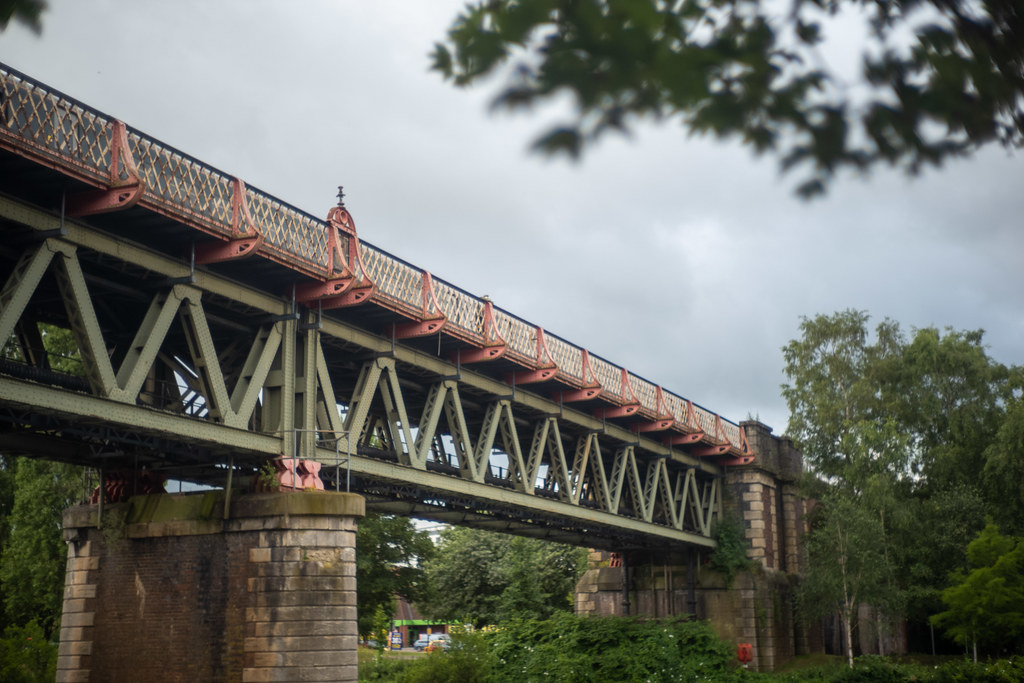
Stop down to f/2 and things start to look a little different. There’s a little more contrast and a little less glow and flare – the bokeh smooths out a touch too. Actually, this is a little bit of a sweet spot for me. I love the Jupiter-8 wide open at f/2, but as f/2 is its widest aperture it can be a little more unpredictable. At f/2, the Canon is a little more predictable and easy to shoot with, yet still retains a lot of the wide-open character.


These next images show the potential difference between the flare wide open and stopped down to f/2
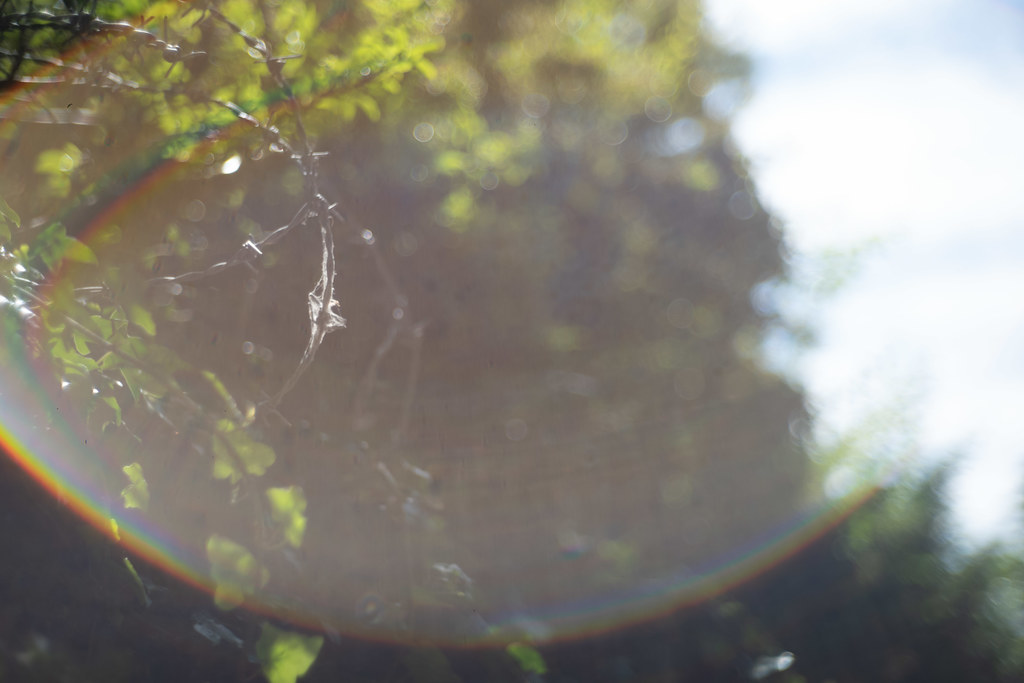
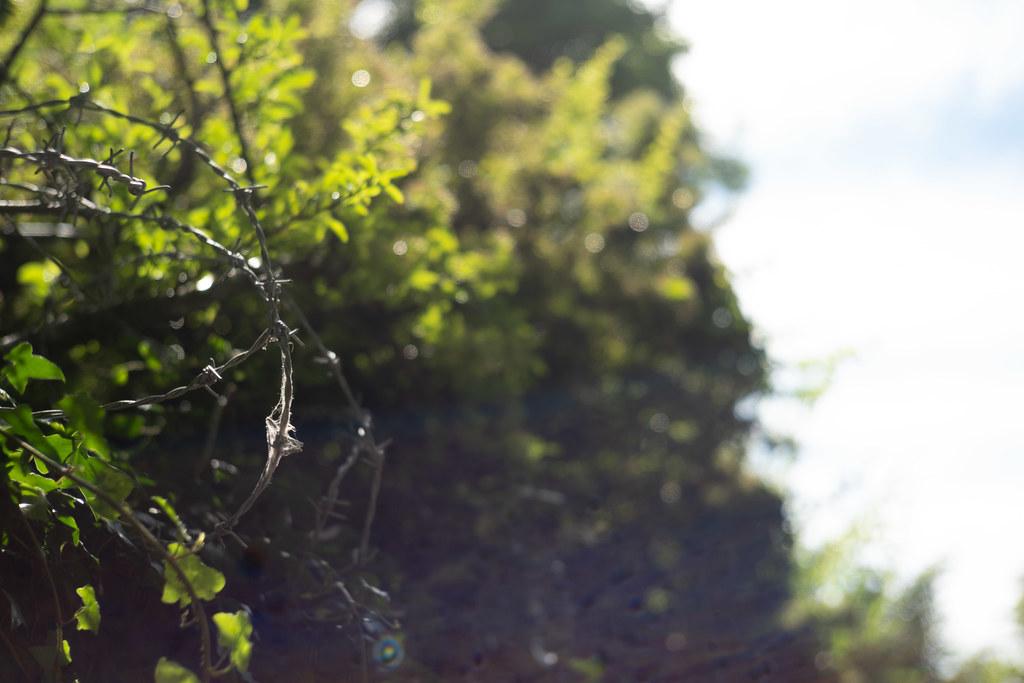
And these two compare wide open to f/2 bokeh (yawn, sorry, these images really were just for the benefit of my own testing, but I have nothing else that makes the point so well).
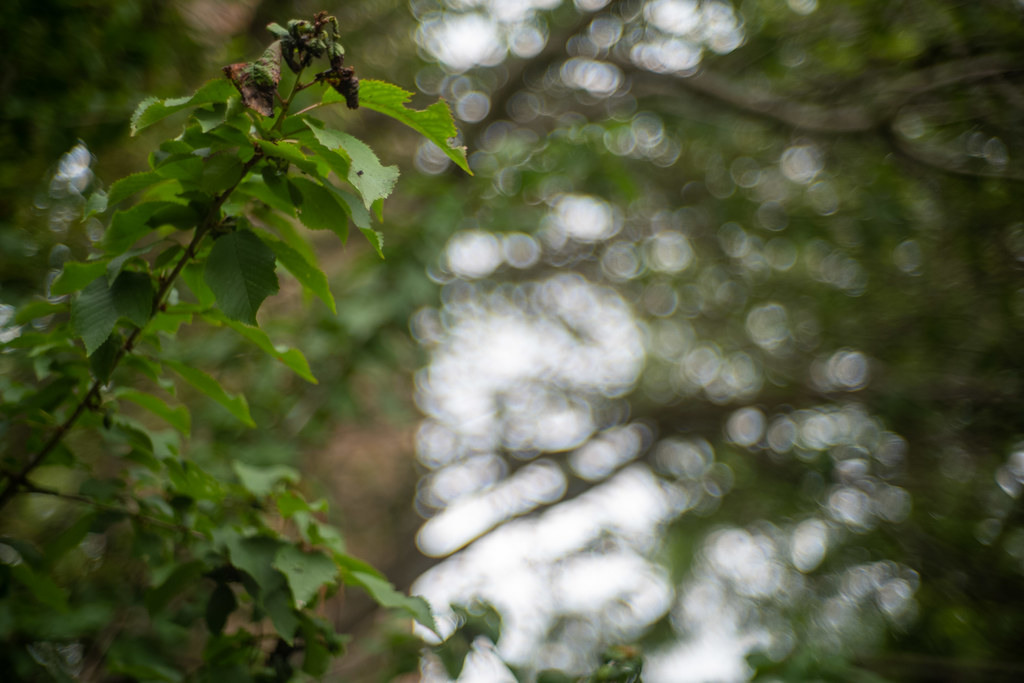
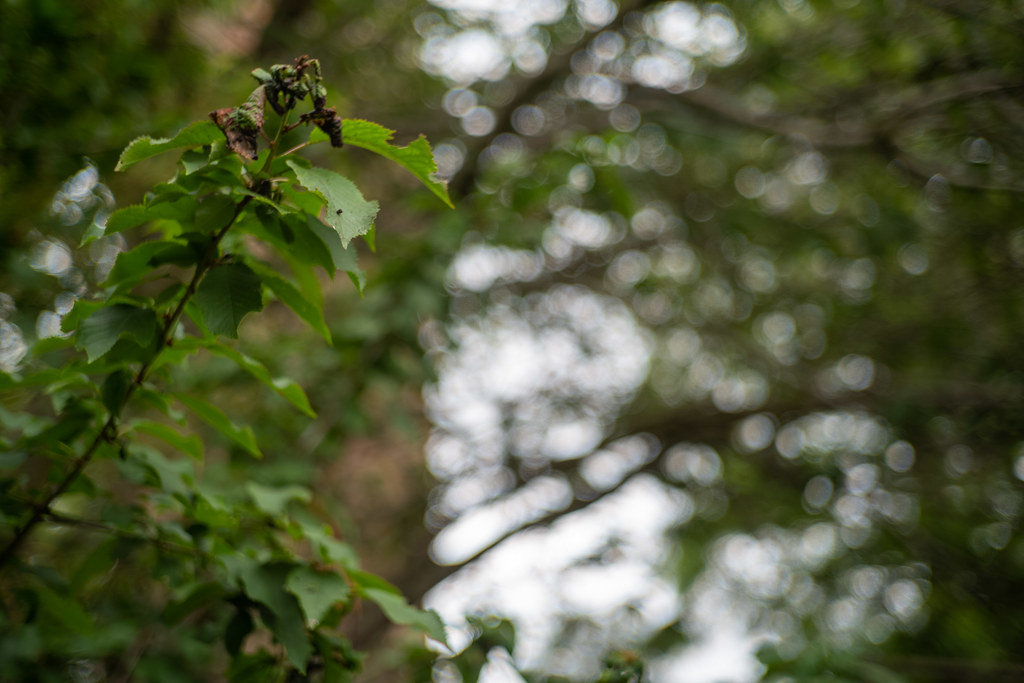
By f/4 and beyond the wide-open character traits are waining. Contrast is a lot higher creating images that have a lot of pop to them. Resolution is increased too, but what’s nice about the sharpness from this lens is that it never reaches “biting” levels – there’s always a gentleness to the images.At f/4 the transition zone still exhibits a little bit of glow. The combination of this, the contrast-pop and the gentle rendering result in very attractive contextual portraits.

By f/8, it’s a very useable lens for normal day-to-day shooting. I’m sure it still flares, a little given some direct sunlight, but other than that – provided you’re not too inclined to pixel-peep – you could be forgiven for mistaking the images this lens is capable of for images from something a little more modern, and certainly a little less whacky when wide-open. It is – as the guys on the classic lenses podcast might say – a bit of a few-lenses-in-one type of lens.
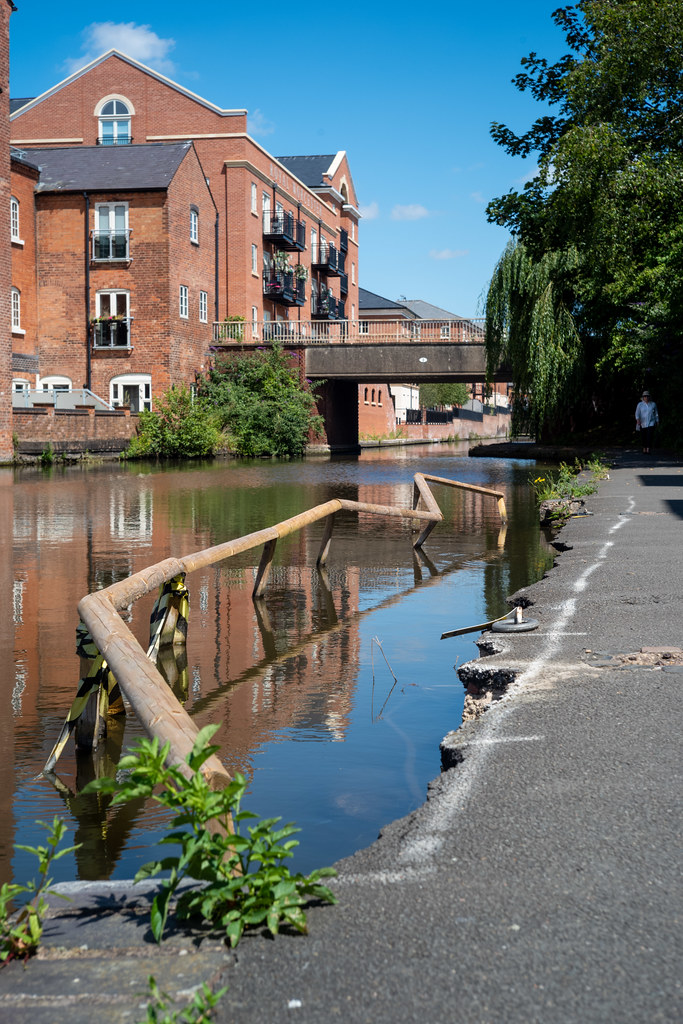
A few more photos

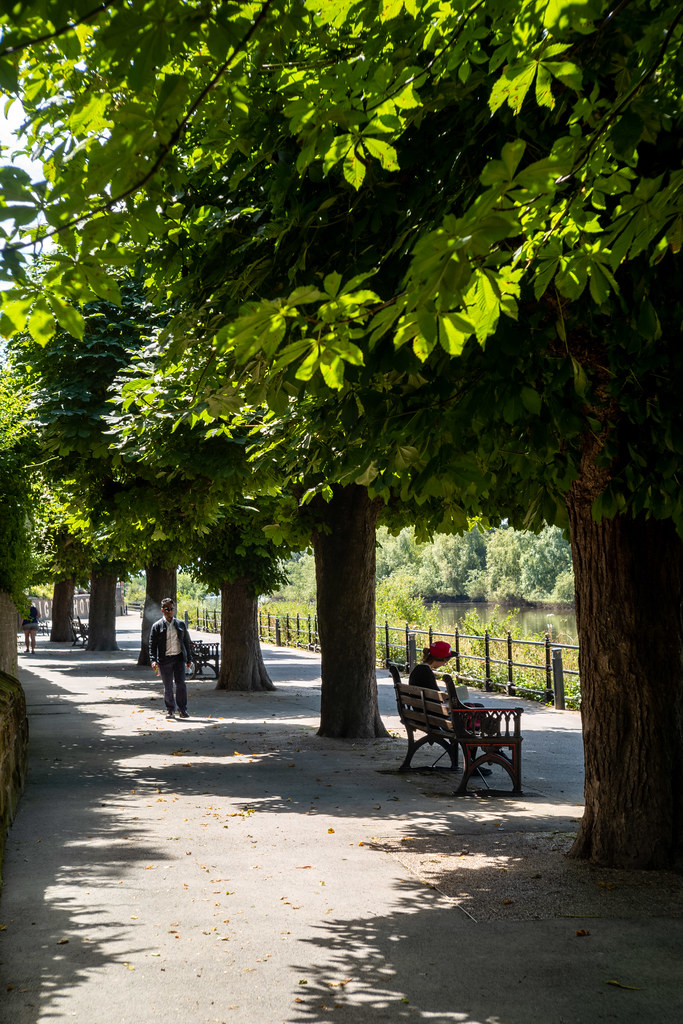
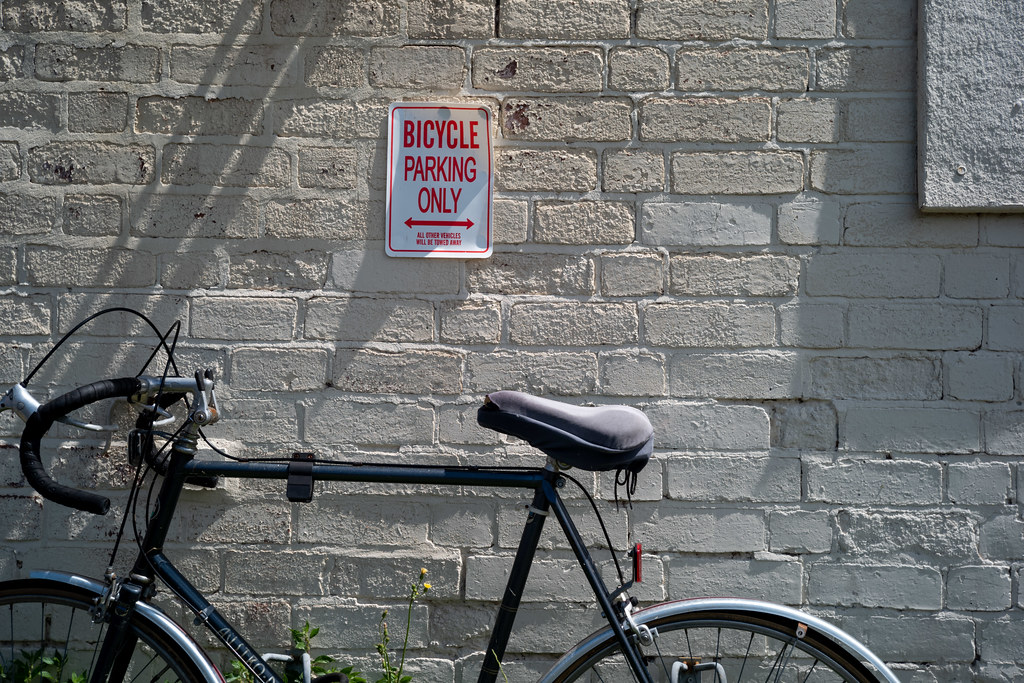

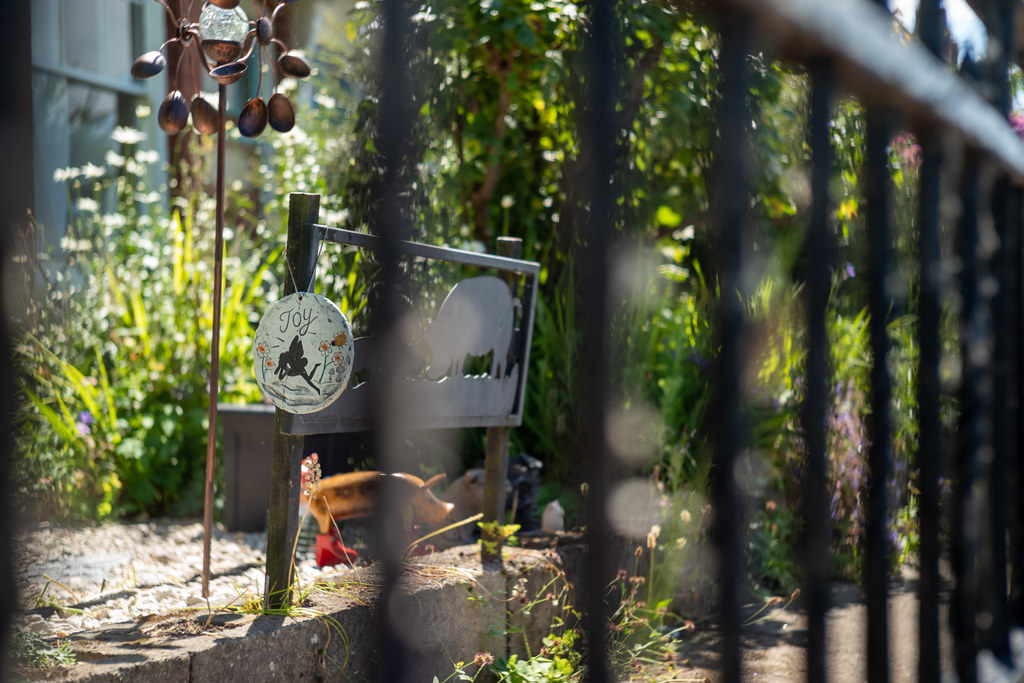
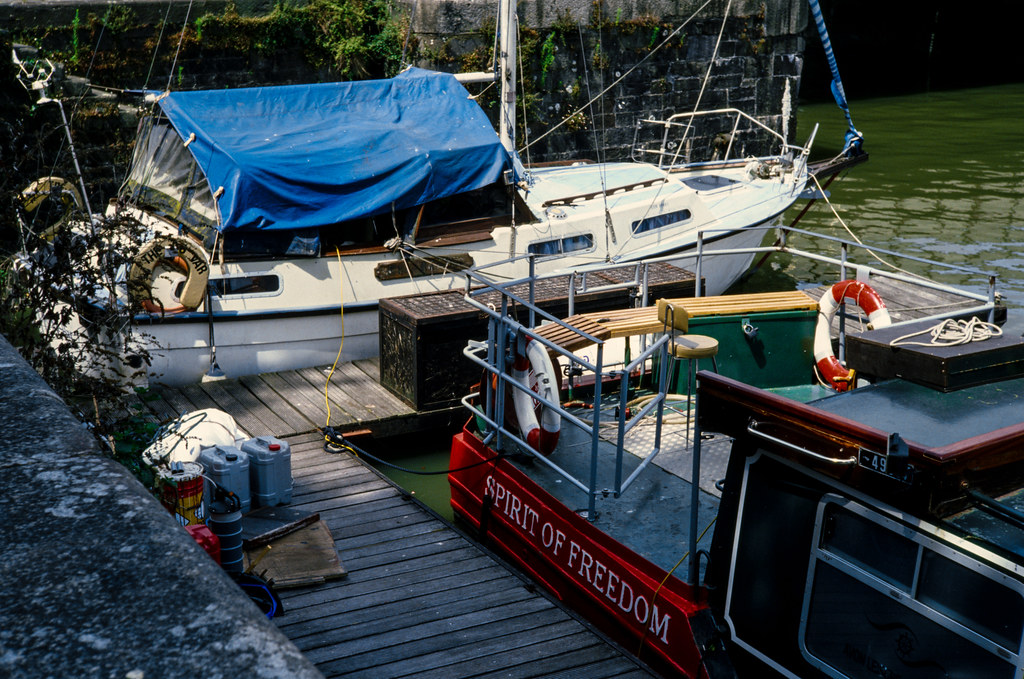
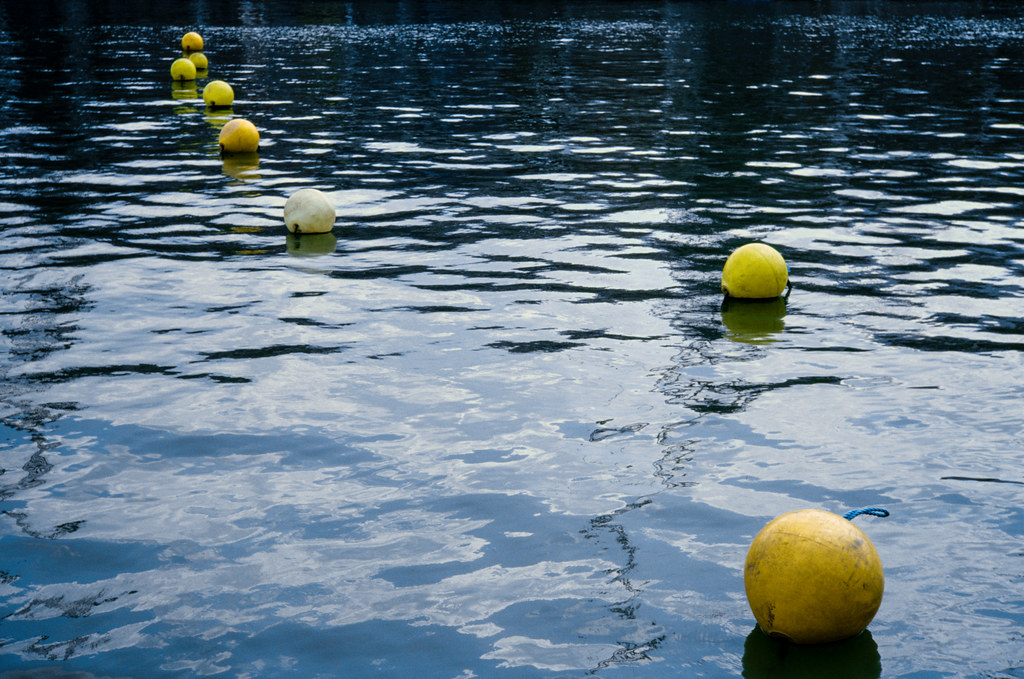
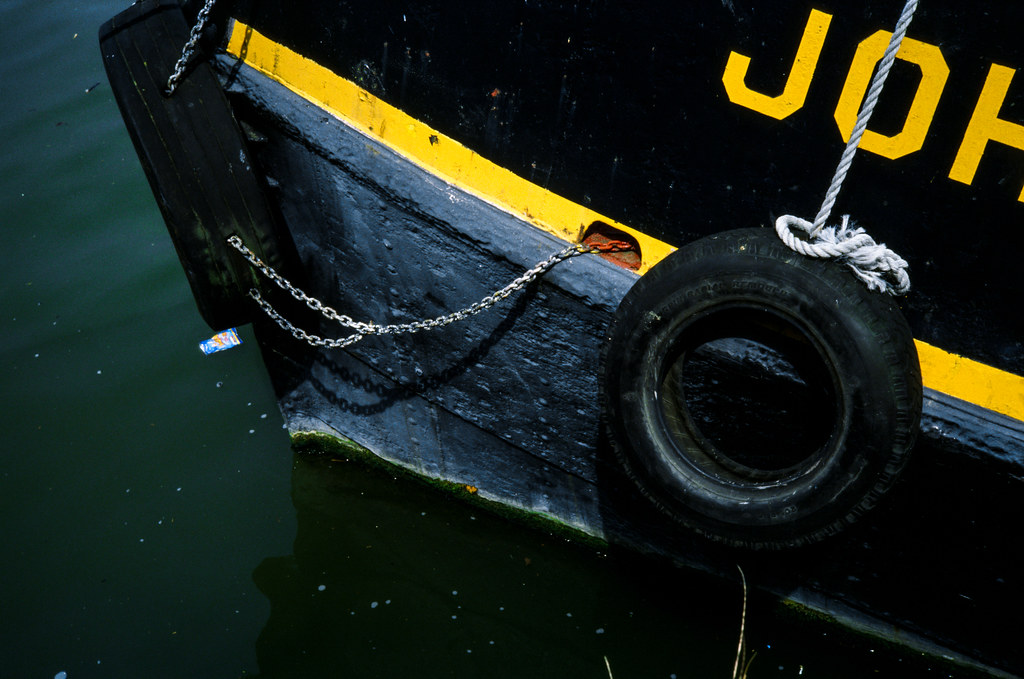
Some closing thoughts
I know I said I wasn’t going to make any specific comparisons to my modded Jupiter-8M, but it’s hard not to given that it was the last lens I shot with in this series, it left me with a sense that spending more money would just be pointless, and that I ignored my sensible brain and still went out and bought more Sonnar lenses…
I suppose the point I want to make is that really, if you just want the classic Sonnar look, and you don’t mind faffing around a bit looking for a good copy, you can get most if not all of what you might desire – at least in terms of image qualities – from a cheap Russian lens.
If on the other hand you do have a bit more disposable income, you don’t want so much of the faff, and part of the joy you get from shooting classic lenses is derived from working with high-quality well-engineered satisfying bits of kit, then the Canon 50mm f/1.5 might be a better option.
In fact, there might just be enough difference in image qualities for you to talk yourself into thinking the Canon offers something more too. With it being a f/1.5 lens, even my optically imperfect copy seems to pull its socks up at slightly wider apertures than the Jupiter. It’s very hard to argue with the joys of the stopped-down contrast-pop the Canon 50mm f/1.5 brings to the table.
Of course, for now, I’m in the lucky position of owning and being able to enjoy both this lens and Jupiter-8M; and have a few others to play with yet too. Time will tell if this becomes a long-term keeper, but for now, this Canon 50mm f/1.5 Leica thread mount lens isn’t going anywhere.
Next job is to see how well I get on with a! absolutely spotless S-Mount Nikon 50mm f/1.4…
Share this post:









Comments
EM on Canon 50mm f/1.5 LTM Review – Exploring the Classic Sonnars Pt.9
Comment posted: 05/08/2019
Comment posted: 05/08/2019
Graham Line on Canon 50mm f/1.5 LTM Review – Exploring the Classic Sonnars Pt.9
Comment posted: 05/08/2019
Daniel on Canon 50mm f/1.5 LTM Review – Exploring the Classic Sonnars Pt.9
Comment posted: 06/08/2019
I am sifting through the 'top mint double plus' shennanigans right now trying to find an S3 for use with a 35mm lens that I have fallen in love with, but I will almost certainly end up with the 1.4 as they often come as a pair. So I would like to see the Nikkor 1.4 S-Mount get the Hamish treatment.
Comment posted: 06/08/2019
Nigel Cliff on Canon 50mm f/1.5 LTM Review – Exploring the Classic Sonnars Pt.9
Comment posted: 06/08/2019
Tom on Canon 50mm f/1.5 LTM Review – Exploring the Classic Sonnars Pt.9
Comment posted: 07/08/2019
Joe on Canon 50mm f/1.5 LTM Review – Exploring the Classic Sonnars Pt.9
Comment posted: 10/08/2019
Comment posted: 10/08/2019
Roger B. on Canon 50mm f/1.5 LTM Review – Exploring the Classic Sonnars Pt.9
Comment posted: 10/08/2019
Comment posted: 10/08/2019
Fowey Shellfish and a Lackadaisical Experiment with Kodak P3200 - 35mmc on Canon 50mm f/1.5 LTM Review – Exploring the Classic Sonnars Pt.9
Comment posted: 19/08/2019
Skyllaney Rehoused 1930s Uncoated Zeiss Jena 50mm f/2 Sonnar on Canon 50mm f/1.5 LTM Review – Exploring the Classic Sonnars Pt.9
Comment posted: 04/05/2020
Hillion on Canon 50mm f/1.5 LTM Review – Exploring the Classic Sonnars Pt.9
Comment posted: 20/07/2021
thank you very much for all your detailed write-ups, especially on the Sonnars. Your original article really opened my eyes to the fact that sharpness really wasn't what I actually wanted in an image, and I have been really enjoying your classic Sonnar write-ups along the same line :)
I realize I am nigh two years late this particular article, but I was wondering whether you could describe the key difference between the modern Zeiss Sonnar, and this particular classic Canon variant (or the classic Sonnars more generall). As I cannot perform any tests myself, I thought I'd just ask as you have actually used both.
Thanks for help in advance.
Cheers!
Comment posted: 20/07/2021
Preston on Canon 50mm f/1.5 LTM Review – Exploring the Classic Sonnars Pt.9
Comment posted: 17/10/2021
Comment posted: 17/10/2021